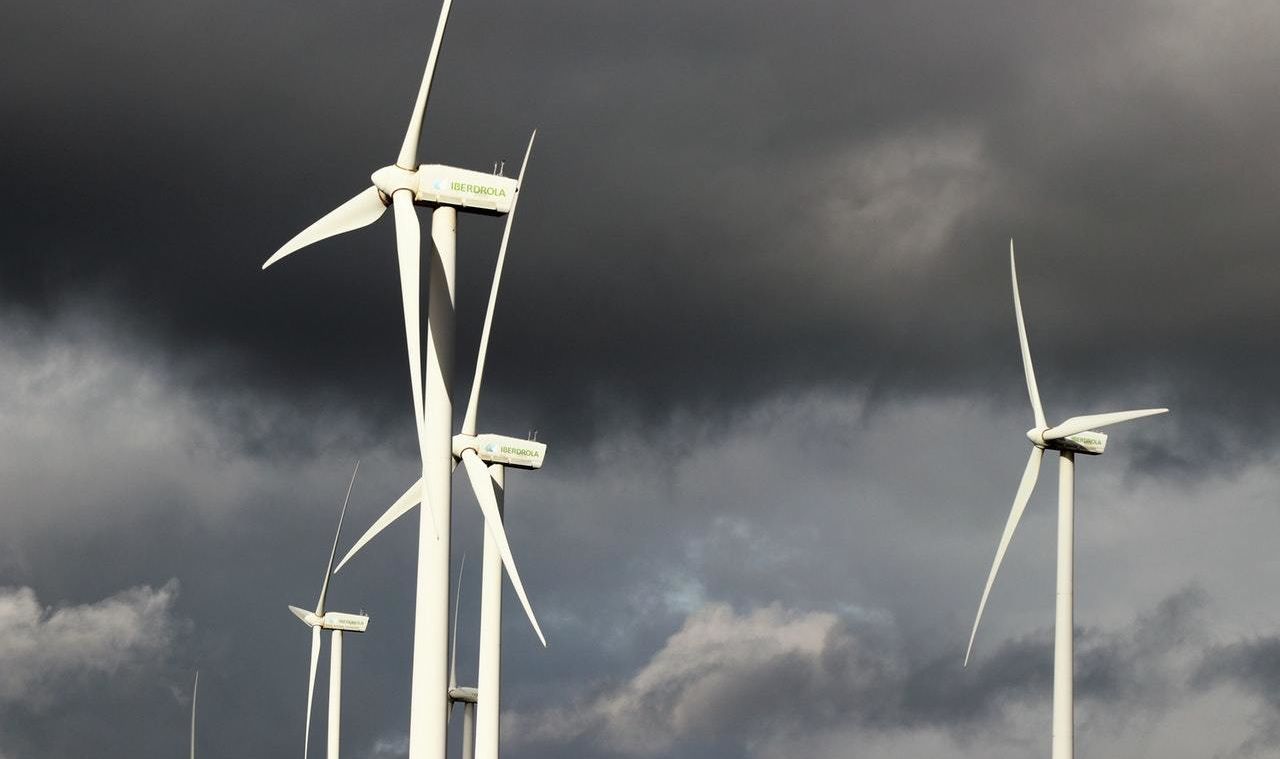Economic Challenges For Offshore Wind: High Costs And Diminishing Returns

Table of Contents
High Initial Capital Expenditure (CAPEX) in Offshore Wind Projects
The sheer scale of offshore wind farm construction translates into substantial upfront costs. These high initial capital expenditures (CAPEX) represent a major barrier to entry for many developers.
Expensive Infrastructure and Installation
Constructing offshore wind farms is a complex undertaking requiring specialized equipment and expertise. Costs are driven by several factors:
- Subsea cable installation: Laying cables across vast distances on the seabed is expensive, demanding specialized vessels and meticulous planning.
- Foundation construction: The choice of foundation (monopiles, jackets, floating platforms) significantly influences costs, with floating platforms being particularly expensive for deeper waters.
- Turbine assembly and commissioning: Assembling and commissioning massive wind turbines in challenging offshore environments requires skilled labor and specialized vessels, adding significantly to the cost.
- Specialized vessels and equipment: The industry relies on specialized vessels for transportation, installation, and maintenance, and the cost of chartering these vessels can be substantial.
Supply Chain Bottlenecks and Material Costs
Escalating material costs and supply chain constraints exacerbate the CAPEX challenge.
- Global demand and shortages: The increasing global demand for steel, concrete, and rare earth magnets (crucial for turbine components) has led to price increases and potential shortages, impacting project timelines and budgets.
- Skilled labor costs: The specialized skills required for offshore wind farm construction command high wages, contributing to overall project expenses. The shortage of skilled workers further complicates this.
Permitting and Regulatory Hurdles
Lengthy and complex permitting processes and regulatory compliance add considerable costs and delays.
- Regulatory delays: Navigating environmental impact assessments, public consultations, and various regulatory approvals can take years, leading to significant financial implications through interest payments on loans and project financing costs.
- Environmental impact assessments: Thorough environmental impact assessments are crucial but can be time-consuming and costly, adding to the overall project expense.
Operational Expenditure (OPEX) Challenges in Offshore Wind
Even after construction, offshore wind farms incur substantial operational expenditure (OPEX) throughout their lifespan.
Maintenance and Repair Costs
The remote location and harsh marine environment necessitate frequent and expensive maintenance and repair activities.
- Specialized vessels and technicians: Accessing and repairing turbines requires specialized vessels and highly trained technicians, significantly increasing maintenance costs.
- Harsh weather conditions: Storms and other harsh weather conditions can disrupt maintenance schedules and cause unexpected damage, further increasing expenses.
Grid Connection Expenses
Connecting offshore wind farms to the onshore electricity grid is a major expense.
- Cable laying and substation construction: Laying long subsea cables and constructing onshore substations to handle the influx of renewable energy represents a considerable investment.
- Grid integration challenges: Integrating large amounts of intermittent renewable energy into existing grids requires upgrades and improvements to the grid infrastructure, increasing connection costs.
Insurance and Risk Management
Offshore wind projects face significant risks, leading to high insurance premiums and substantial risk management costs.
- Storms and equipment failure: The risk of damage from storms and equipment failure is high, requiring comprehensive insurance coverage and robust risk mitigation strategies.
- Liability issues: Potential liability issues associated with accidents or environmental damage can lead to high insurance costs and complex risk management procedures.
Diminishing Returns and the Economics of Scale
While economies of scale are often expected in renewable energy projects, offshore wind may face a paradox.
The Paradox of Growth
As projects become larger and more complex, the associated costs might not decrease proportionally, leading to diminishing returns. The complexity of managing larger projects, potential supply chain issues, and the increasing difficulty of finding suitable sites all contribute to this.
Competition and Price Pressure
The growing number of offshore wind developers is increasing competition, leading to downward pressure on project prices, potentially squeezing profit margins. This creates a challenging environment for developers to maintain profitability and attract investments.
Subsidy Dependence and Policy Uncertainty
Many offshore wind projects rely on government subsidies and tax incentives. Changes in energy policies and regulatory frameworks can drastically impact project viability and investor confidence. This uncertainty makes long-term investment planning difficult and risky.
Conclusion
The Offshore Wind Economic Challenges are multifaceted, encompassing high CAPEX, significant OPEX, and the potential for diminishing returns. Addressing these financial hurdles is critical to ensure the continued growth and sustainability of this vital renewable energy source. Further research into innovative financing models, technological advancements in turbine design and installation, and streamlined regulatory processes is essential. We must explore ways to reduce costs, manage risks more effectively, and create a stable policy environment to unlock the full potential of offshore wind energy. Let's collaborate to overcome these challenges and pave the way for a cleaner, more sustainable energy future.

Featured Posts
-
 Hasil Kunjungan Presiden Erdogan Ke Indonesia 13 Kerjasama Ri Turkiye Disepakati
May 03, 2025
Hasil Kunjungan Presiden Erdogan Ke Indonesia 13 Kerjasama Ri Turkiye Disepakati
May 03, 2025 -
 Is A Play Station Showcase Finally Coming For Ps 5 Fans
May 03, 2025
Is A Play Station Showcase Finally Coming For Ps 5 Fans
May 03, 2025 -
 Are Expensive Offshore Wind Farms Losing Their Appeal
May 03, 2025
Are Expensive Offshore Wind Farms Losing Their Appeal
May 03, 2025 -
 Graeme Souness Highlights Lewis Skellys Impressive Attitude
May 03, 2025
Graeme Souness Highlights Lewis Skellys Impressive Attitude
May 03, 2025 -
 Oklahoma Strong Wind Warning When And Where To Expect Severe Weather
May 03, 2025
Oklahoma Strong Wind Warning When And Where To Expect Severe Weather
May 03, 2025
Latest Posts
-
 Kendal Tragedy Manchester United Honors Poppy Atkinson 10
May 03, 2025
Kendal Tragedy Manchester United Honors Poppy Atkinson 10
May 03, 2025 -
 Manchester United Pays Tribute To 10 Year Old Poppy Atkinson
May 03, 2025
Manchester United Pays Tribute To 10 Year Old Poppy Atkinson
May 03, 2025 -
 Sulm Me Arme Te Bardhe Ne Ceki Detaje Te Reja Nga Qendra Tregtare
May 03, 2025
Sulm Me Arme Te Bardhe Ne Ceki Detaje Te Reja Nga Qendra Tregtare
May 03, 2025 -
 Republika Ceke Sulm Me Thike Ne Qender Tregtare Humbje Jete
May 03, 2025
Republika Ceke Sulm Me Thike Ne Qender Tregtare Humbje Jete
May 03, 2025 -
 Ngjarje E Rende Ne Ceki Sulm Me Thike Dy Viktima Ne Qender Tregtare
May 03, 2025
Ngjarje E Rende Ne Ceki Sulm Me Thike Dy Viktima Ne Qender Tregtare
May 03, 2025
